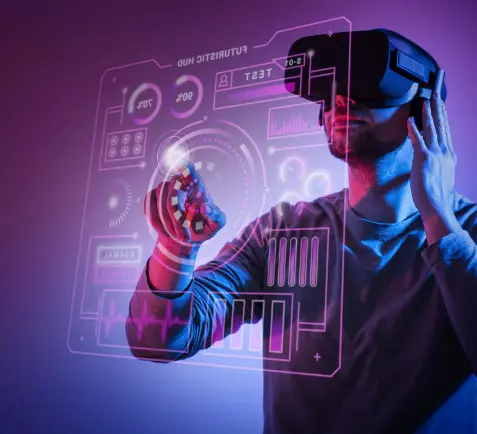Open Banking has reshaped the fintech industry. Customers want a seamless experience with more convenient and flexible access to services. Technological innovation and digital transformation have led to the emergence of neobanks which offer a banking experience similar to delivery apps. Now the customers can avail of services like opening an account in minutes. In the last few years, another new concept- Open Finance has joined the queue. What exactly is open finance? Is it just hype or reality? And how open finance might improve customer experience (CX). These are some of the questions that we’re going to talk about in this blog.
Open Banking
In open banking, banks and other financial institutions allow third-party financial service providers to access the bank’s customers’ data via APIs (application programming interfaces). This helps banks to create more personalized offerings and meet the changing needs of their customers.
What is Open Finance?
Open Banking and Open Finance are similar. However, Open Finance is slightly more advanced in the process. Simply put, it is the next step in open banking.
Open Finance is a more customer-centric approach. It gives users a safe and dependable way to share their data with the financial tools and apps they prefer to use.
How is Open Finance different from Open Banking?
Source: Accenture
Open Banking has certain limitations when it comes to sharing of financial data. Here, only that data can be shared which is related to financial operations made within the bank’s app or in a branch office. Open finance goes beyond this limitation.
In Open Finance, non-banking financial data including mortgages, savings, pensions, insurance, and consumer credit – basically your entire financial footprint – could be opened up to trusted third-party APIs if you agree.
Open finance will help open new gateways for financial institutions to improve CX. Let’s dig deeper to understand how this concept will change CX in the Fintech world for the next-Gen customers.
- 360-degree Customer Insights: Data acts as a tool to study deeply about your customers. Organizations can analyze the customer data and extract some valuable insights to design the complete customer journey. Open Finance opens a more secure pathway for financial institutions and gives a more complete picture of their customer’s finances.
- Partnerships & Collaborations: With open finance, comes an opportunity for the financial institutions to network and collaborate with various providers. This means they could deliver a wider variety of services based on consumer data, uncovering new business models and innovations.
- Transparency for the Lenders: Lenders can evaluate and measure the creditworthiness of potential borrowers, audit documents, and offer customized solutions by securely collecting customer data. Machine learning algorithms may help to extract valuable insights from raw data.
Open Finance offers freedom and flexibility to consumers giving more options and control over the data they share and how they engage with their finances. With just 8 seconds of attention span, the new age consumers want better experiences to get hooked to one brand. Open finance creates unparalleled access to a broader range of products and services. With data sharing, banking organizations can keep track on the changing customer expectations who want frictionless interactions and hyper-personalized experiences across all touchpoints of the customer journey.
The Road Ahead
Statista predicts that there will be 63.8 million open banking users globally by 2024, increasing at an average annual rate of about 50% between 2020 and 2024. This means there will be more demand for innovative products and services in the industry. Banking organizations would need to analyze the rising customer expectations more closely than ever. And for this, data would act as a key to designing the experience of tomorrow.
Knowledge thats worth delivered in your inbox




